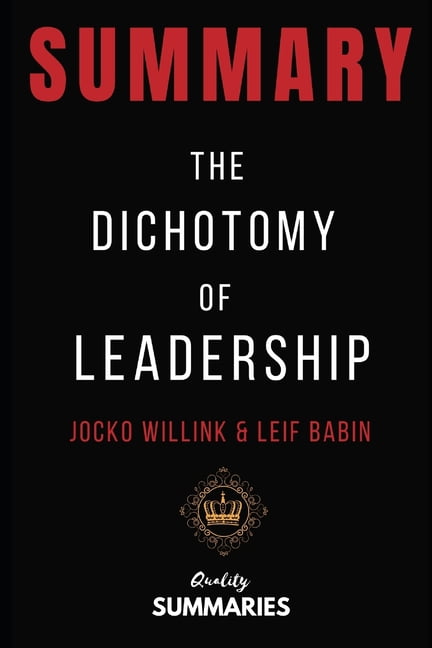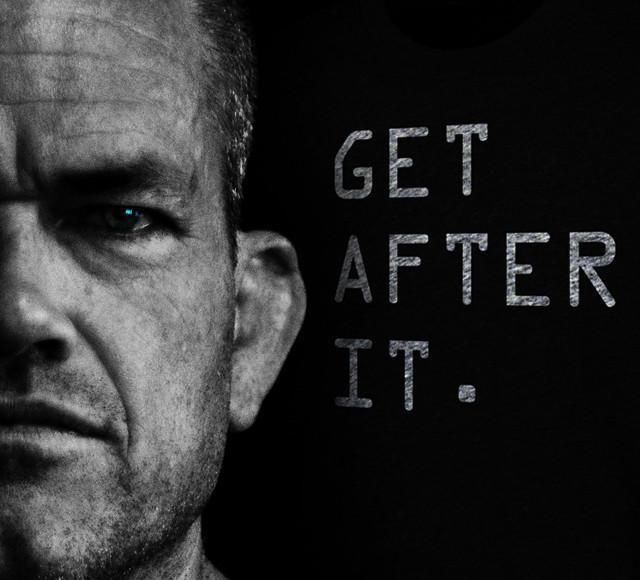
The devil is in the execution and the book does do a fairly good job of showing real life examples as a guide beyond textbook perfection.Account icon An icon in the shape of a person's head and shoulders. Of course, knowing and putting these things into practice are not the same thing. Bottom line is that it was a good book and worth the time to read it, but it a bit of icing on the cake of the first book and offers some refinement, but nothing earth shattering that you should not already know. Understanding that is important and the examples used in the book are relatable to anyone who has served in combat, but largely, a whole book on this principle is not as desperately called for as are the overall principles from Extreme Leadership, which actually already encompasses the ideas expressed again in this book, in more detail. The dichotomy of leadership and maintaining balance in shifting circumstances, within a group and with individuals, is why leadership is not as easy as simply maximizing a few principals. This follow-up is an expansion and more in-depth exploration of a obvious (but apparently ignored by some readers) concept that all forms and aspects of leadership must be balanced. The first book in this series, "Extreme Leadership" is a must read and if you have not read it, you should. Dichotomy is essential listening for anyone looking to lead and win. These dichotomies are inherent in many of the concepts introduced in Extreme Ownership and integral to their proper implementation and effectiveness. Using examples from the authors' combat and training experience in the SEAL Teams and then showing how each lesson applies to business and in life, Willink and Babin reveal how the use of seemingly opposite principles - leading and following, focusing and detaching, being both aggressive and prudent - require skill, awareness, understanding, and dexterity, all attributes that can be honed. It is with the knowledge and understanding of this balance that a leader can most effectively lead, accomplish the mission, and achieve the goal of every leader and every team: victory.

Now, in The Dichotomy of Leadership, the authors explain the power inherent in the recognition of the fine line that leaders must walk, balancing between two seemingly opposite inclinations. It is, as authors Jocko Willink and Leif Babin explained in their best-selling first audiobook, Extreme Ownership, “Simple, Not Easy”. This is a dichotomy - a Dichotomy of Leadership.



Something much more difficult to understand is that in order to be a good leader, one must also be a good follower. Įvery leader must be ready and willing to take charge, to make hard, crucial calls for the good of the team and the mission. The importance of balance as a leader by the number-one New York Times best-selling authors of Extreme Ownership.


 0 kommentar(er)
0 kommentar(er)
